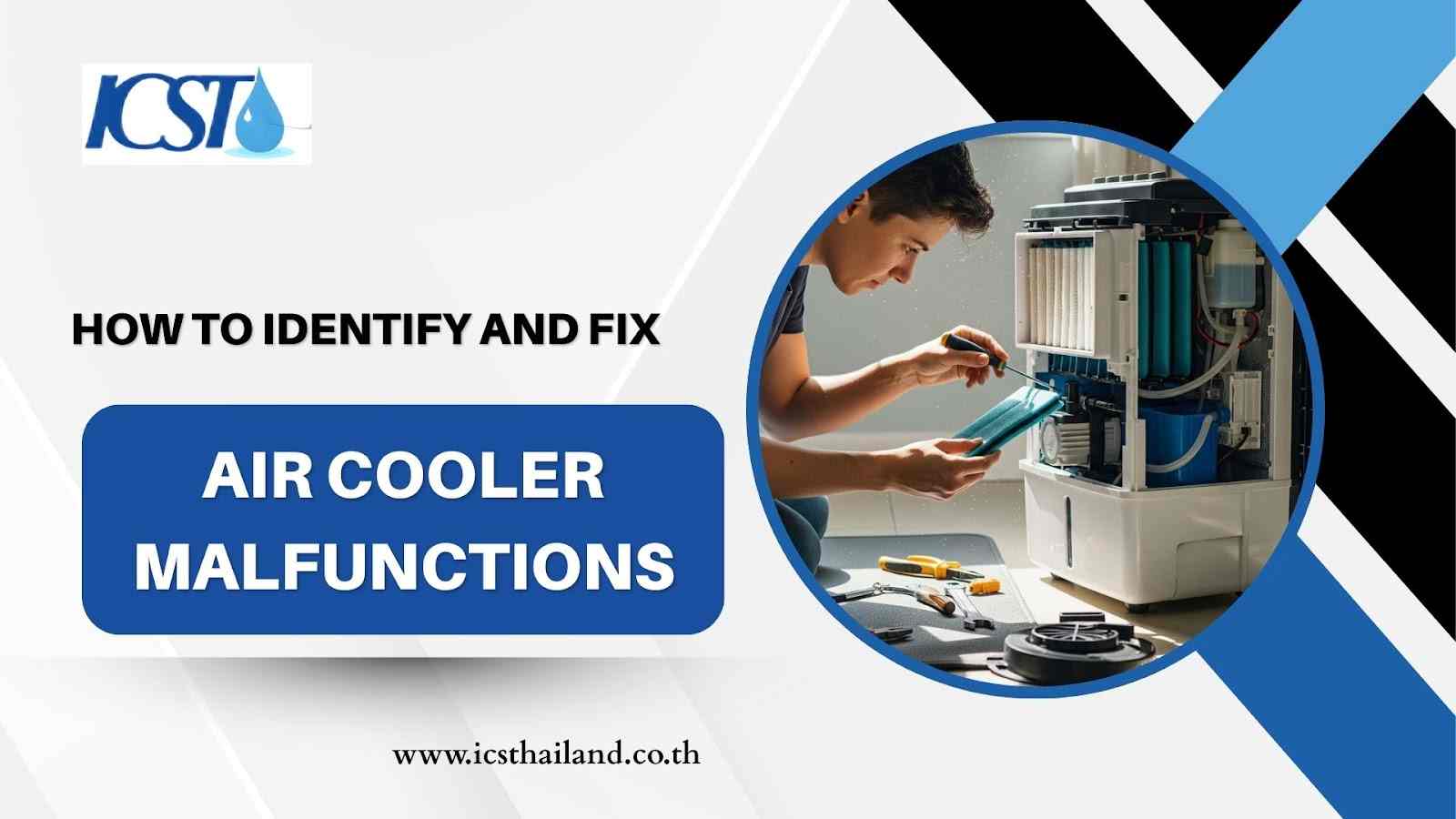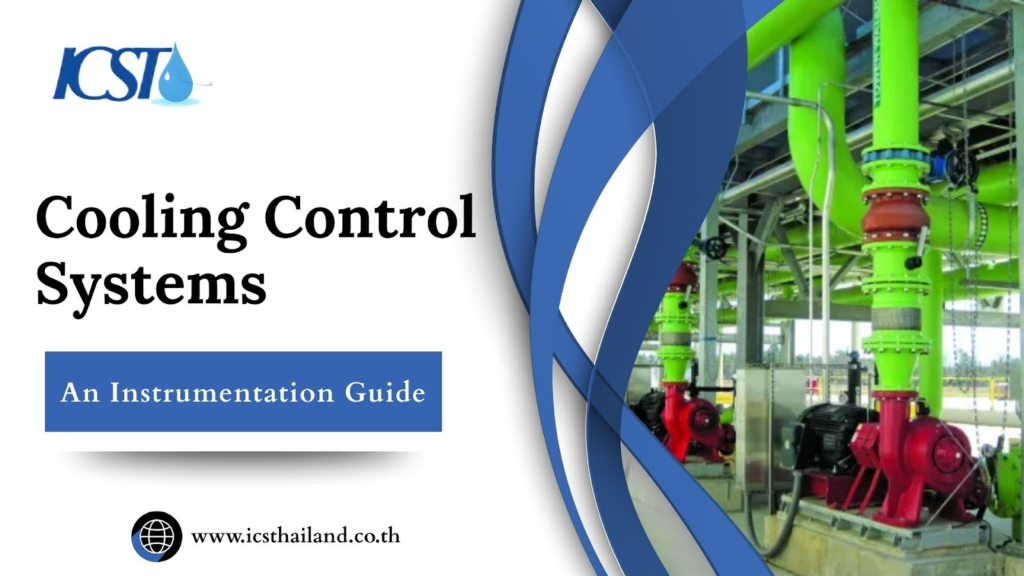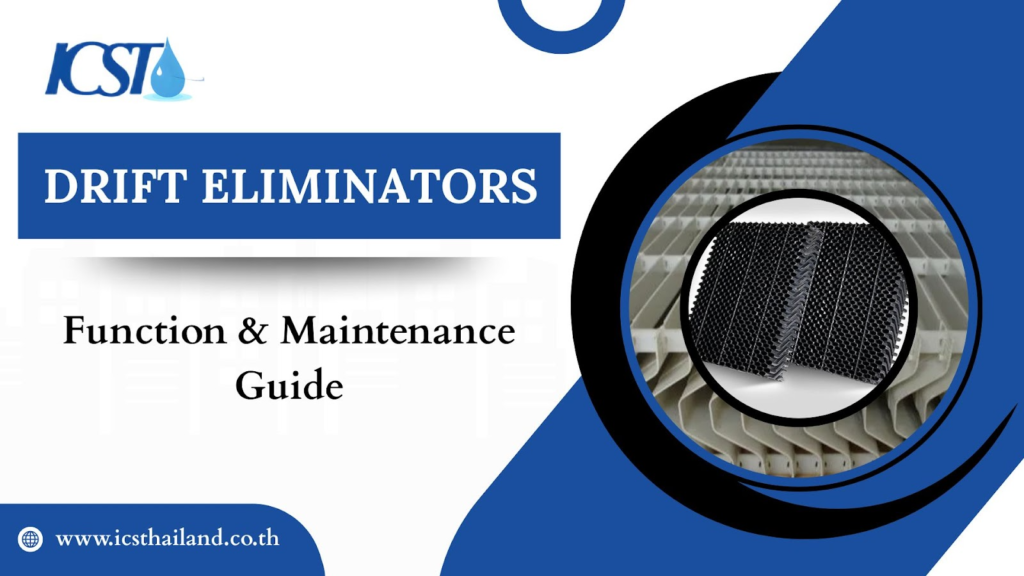When your air cooler stops working properly, the sticky heat becomes unbearable fast. Whether you’re dealing with poor cooling performance, strange noises, or complete system failure, knowing how to diagnose and fix these issues can save you time, money, and discomfort.
This comprehensive guide will help you address the most common air cooler malfunctions with step-by-step solutions to get your unit running smoothly again. You’ll discover when you can handle repairs on your own and when it’s best to call in a professional.
Most air cooler malfunctions are caused by a few common issues. By understanding these patterns, you can quickly identify problems and apply effective fixes before they turn into expensive repairs.
Table of Contents
ToggleUnderstanding Your Air Cooler: Key Components
Before diving into troubleshooting, let’s examine the essential parts that make your air cooler work:
- Fan: Creates airflow by drawing warm air through the cooling pads and pushing cooled air into your space.
- Water Pump: Circulates water from the reservoir to the top of the cooling pads, ensuring continuous moisture distribution.
- Cooling Pads (Evaporative Media): The heart of the cooling process, where water evaporates and reduces air temperature.
- Water Reservoir/Tank: Stores water that feeds the entire cooling system.
- Float Valve: Automatically maintains proper water levels by controlling water intake.
- Distribution Manifold: Channels water evenly across all cooling pads for optimal performance.
Understanding these components helps you pinpoint exactly where problems occur and what needs attention.
Common Air Cooler Malfunctions & Their Symptoms
Your Air Cooler Isn’t Cooling Effectively
The most frustrating problem occurs when your unit runs but fails to provide adequate cooling. You’ll notice the air feels warm, the temperature doesn’t drop significantly, or the cooling effect seems much weaker than usual.
The Fan Isn’t Working (No Airflow)
Complete airflow failure means the fan blades aren’t spinning despite the unit receiving power. You might hear electrical humming but feel no air movement whatsoever.
Water Leaks from the Unit
Visible water puddles around your cooler, constant dripping sounds, or water overflowing from the reservoir indicate serious water management problems.
Unusual Noises
Grinding, rattling, squealing, or excessive humming sounds signal mechanical issues. The unit might also shake or vibrate more than normal during operation.
Unpleasant Odors from the Cooler
Musty, moldy, or “swampy” smells coming from the air output indicate biological growth or stagnant water problems.
The Water Pump Isn’t Functioning
When cooling pads remain dry, no water circulates through the system, or you can’t hear the usual pump operation sounds.
No Power to the Unit
Complete electrical failure is one of the most common air cooler malfunctions, where the unit shows no signs of life, no lights, sounds, or any response to controls.
Step-by-Step Diagnosis & Solutions
For Poor Cooling Performance
Cause 1: Dry/Clogged Cooling Pads
Check if water is reaching your cooling pads. Inspect them visually for mineral buildup, debris, or dry spots. Clean pads thoroughly with a soft brush and mild detergent. Replace them if they’re heavily clogged or deteriorated.
Cause 2: Insufficient Airflow
Examine your fan operation and air intake areas. Clean or replace air filters that may be restricting airflow. Remove any obstructions from louvers or air intake vents. Address fan-related issues using the methods described in the next section.
Cause 3: High Ambient Humidity
Air coolers become less effective when humidity levels exceed 60%. Check local weather conditions or use a humidity meter. Consider supplemental dehumidification or alternative cooling methods during extremely humid periods.
For Fan-Related Issues
Cause 1: Power Issue to The Motor
Check your electrical panel for tripped breakers or blown fuses. Check the power cord for any signs of damage and try using a different device to test the outlet. Reset breakers or replace fuses as needed. Examine wire connections for looseness or corrosion.
Cause 2: Motor Failure/Capacitor Issue
Use a multimeter to test the capacitor voltage if you have electrical experience. Motor or capacitor replacement typically requires professional service due to electrical complexity and safety concerns.
Cause 3: Jammed Fan Blade
Inspect fan blades for debris, bent sections, or objects preventing rotation. Remove any obstructions carefully. Carefully fix small bends in the blade, but replace blades with significant damage to avoid a hazardous imbalance.
For Water Leaks
Cause 1: Clogged Drain
Locate the drain hole in your water reservoir and check for blockages. Use a small wire or pipe cleaner to clear debris from the drain opening. Flush the drain with clean water to ensure proper flow.
Cause 2: Malfunctioning Float Valve
Observe water levels during operation. If the water regularly goes above the maximum line, the float valve is likely stuck or damaged. Try adjusting the float mechanism or consider replacing the valve assembly entirely. Clean mineral deposits that might prevent proper float movement.
Cause 3: Cracked Water Pan/Reservoir
Inspect the water pan thoroughly for hairline cracks or obvious damage. Small cracks can sometimes be sealed with appropriate waterproof sealant, but larger damage requires professional repair or pan replacement.
Cause 4: Improper Leveling
Use a bubble level to check if your unit sits evenly. Level the unit’s feet or base to prevent tilting, which can lead to water collecting and spilling over in the corners.
For Noise & Vibration
Cause 1: Loose Components
Gently press on access panels and housing components to identify loose parts. Tighten all visible screws, bolts, and fasteners. Focus on inspecting the fan housing and motor mounting areas carefully.
Cause 2: Fan Blade Issues
Check blades for accumulated debris, damage, or imbalance. Replace damaged blades immediately to prevent motor strain and dangerous operation.
Cause 3: Pump Vibration
Isolate pump sounds by listening closely during operation. Check water lines for air bubbles that cause erratic pumping. Replace worn pumps and bleed air from water lines by running the pump with the reservoir drain open briefly.
For Bad Odors
Cause 1: Algae/Bacterial Growth
Inspect cooling pads and water reservoir for green, black, or slimy growth. Completely drain the system and disinfect all surfaces using a mild bleach solution. Replace heavily contaminated pads and use cooling-tower-safe biocide to prevent future growth.
Cause 2: Stale Water
Determine when you last drained and refilled the reservoir. Establish a regular draining schedule, weekly during heavy use periods, and monthly during moderate use.
For Pump Problems
Cause 1: Clogged Intake/Impeller
Remove and clean the pump intake screen thoroughly. Check the impeller for debris, hair, or mineral buildup. Use a soft brush to carefully clean the impeller blades without causing any damage.
Cause 2: Pump Failure (Motor/Internal)
Check the pump’s electrical connections and listen for any operational noises. Pumps with burned-out motors or damaged internal components require professional replacement due to water and electrical system integration.
For Power Issues
Cause 1: Tripped Breaker/Blown Fuse
Check your home’s electrical panel for tripped breakers or blown fuses related to your air cooler circuit. Reset breakers or replace fuses, but investigate why the overload occurred to prevent recurrence.
Cause 2: Faulty Power Cord/Outlet
Test your outlet with a known working device. Inspect the power cord for cuts, burns, or damaged plugs. Replace damaged cords immediately and use a different outlet if the current one is faulty.
Preventive Maintenance: Avoiding Future Malfunctions
Regular maintenance prevents most air cooler problems and extends equipment life significantly. What specific tasks should you prioritize?
- Monthly cleaning: Drain and thoroughly clean the water reservoir, removing mineral deposits and biological growth
- Seasonal pad inspection: Check cooling pads for wear, mineral buildup, and contamination, replace annually or as needed
- Water treatment: Use appropriate algaecides and scale inhibitors designed for evaporative cooling systems
- Fan maintenance: Clean fan blades monthly and lubricate motor bearings if accessible
- Float valve testing: Verify proper water level control and adjust mechanisms seasonally
- Drainage system checks: Ensure drain holes remain clear and functional throughout the operating season
When to Call a Professional (ICST Expertise)
Some repairs require professional expertise for safety and effectiveness. When should you contact Industrial Cooling Solutions Thailand?
- Complex electrical issues beyond basic breaker resets involve safety risks and specialized knowledge.
- Motor or pump replacement requires proper electrical connections and system integration.
- Persistent leaks from the main housing or internal components need professional diagnosis and parts.
- Damage to the structure of the unit’s frame or housing can impact both safety and functionality. Any situation where you feel uncertain about safety procedures or repair complexity warrants professional consultation.
ICST’s experienced technicians provide comprehensive diagnosis, genuine parts, and reliable repairs. Their expertise ensures your air cooler operates safely and efficiently for years to come.
Air Cooler Troubleshooting Quick Guide
| Malfunction Symptom | Possible Cause | Quick Diagnostic Check | Next Step |
| Not Cooling Effectively | Dry/Clogged Pads, Low Water | Are the pads wet? Are they dirty? | Check pump, clean/replace pads, add water |
| Fan Not Working | Power Issue, Jammed Blade, Motor Fault | Is the unit plugged in? Breaker tripped? Blades clear? | Check the power, clear obstructions, and call a professional for the motor |
| Water Leaks | Clogged Drain, Float Valve, Cracked Pan | Check the drain, observe the water level, and inspect the pan | Clear the drain, adjust/replace the float, and call a professional for cracks |
| Unusual Noises | Loose Parts, Fan Imbalance, Worn Bearings | Check panels/screws. Inspect fan blades | Tighten, clean/balance blades |
| Unpleasant Odors | Algae/Bacteria, Stale Water | Inspect pads/water for growth. When was the last drain? | Drain & clean thoroughly, replace pads, use water treatment |
| Pump Not Working | Clogged Intake, Pump Failure | Is water circulating? Is the pump making noise? | Clean intake screen, |
| No Power to Unit | Tripped Breaker, Faulty Cord/Outlet | Check breaker/fuse. Test outlet | Reset breaker/fuse, try a different outlet, replace cord |
Conclusion
In conclusion, understanding and addressing air cooler malfunctions is key to keeping your cooling system efficient and reliable. This blog covered essential tips, including regular maintenance, quick problem detection, and knowing when to call a professional versus attempting DIY repairs.
Proactive care not only extends your unit’s lifespan but also ensures consistent comfort, especially during Thailand’s hottest months. Simple steps like cleaning filters, checking for leaks, and monitoring performance can prevent costly breakdowns and save you time and frustration.
By staying ahead of potential issues and acting quickly, you can enjoy a well-functioning air cooler while avoiding unnecessary expenses. Stay cool and keep your air cooler running smoothly!
For complex issues or routine professional maintenance, trust the experts at ICST. Contact our experienced technicians today to ensure your air cooler runs efficiently and reliably, keeping you cool and comfortable all year round.
Frequently Asked Questions
What causes an air cooler to leak water?
Leaks are commonly caused by a clogged drain hole, a malfunctioning float valve causing the reservoir to overfill, or an unlevel unit. Inspect the drain for blockages, check the float valve’s operation, and ensure the cooler is positioned on a level surface.
What are common causes of unusual air cooler noises?
Unusual noises typically indicate mechanical issues like loose internal components, an unbalanced fan blade hitting the casing, or worn bearings in the fan motor or water pump. Tighten loose parts, clear obstructions, and inspect for damage.
Why isn’t the air cooler’s fan spinning when powered on?
Check for jammed blades. If clear, it’s likely a faulty motor capacitor or motor, requiring professional service.
How to eliminate unpleasant odors from an air cooler?
Caused by mold, algae, or bacterial growth. Thoroughly drain and clean the unit, replace contaminated pads, and use water treatment.








